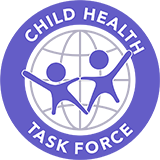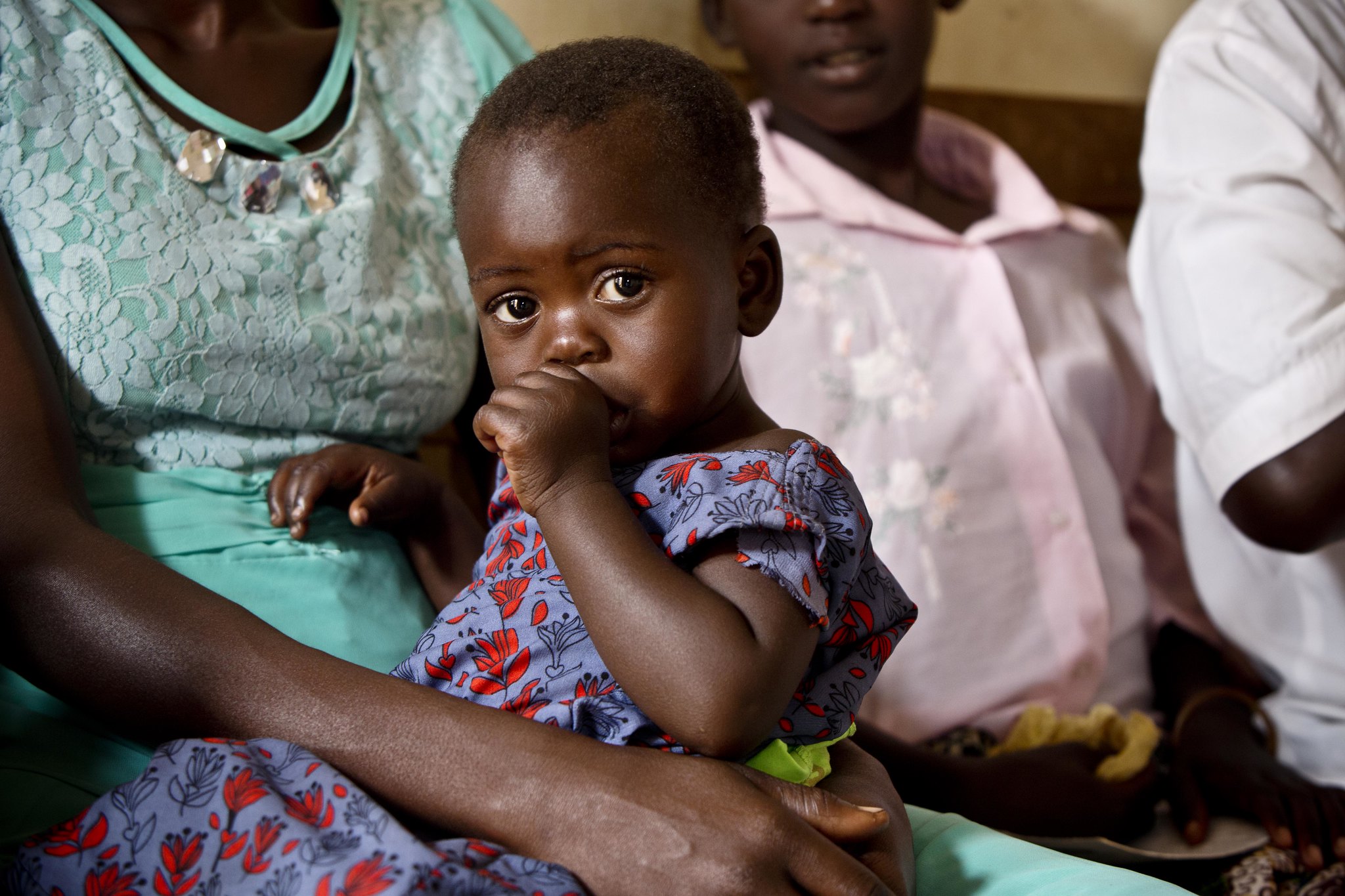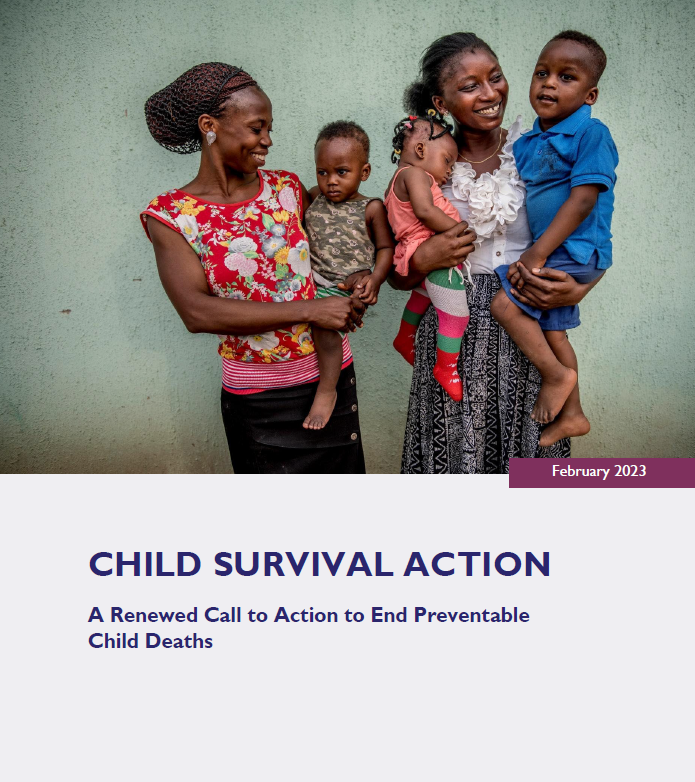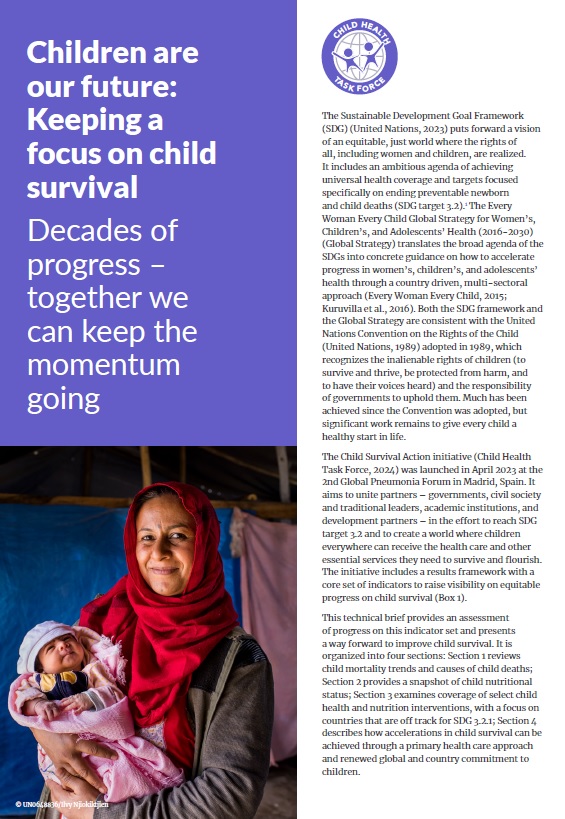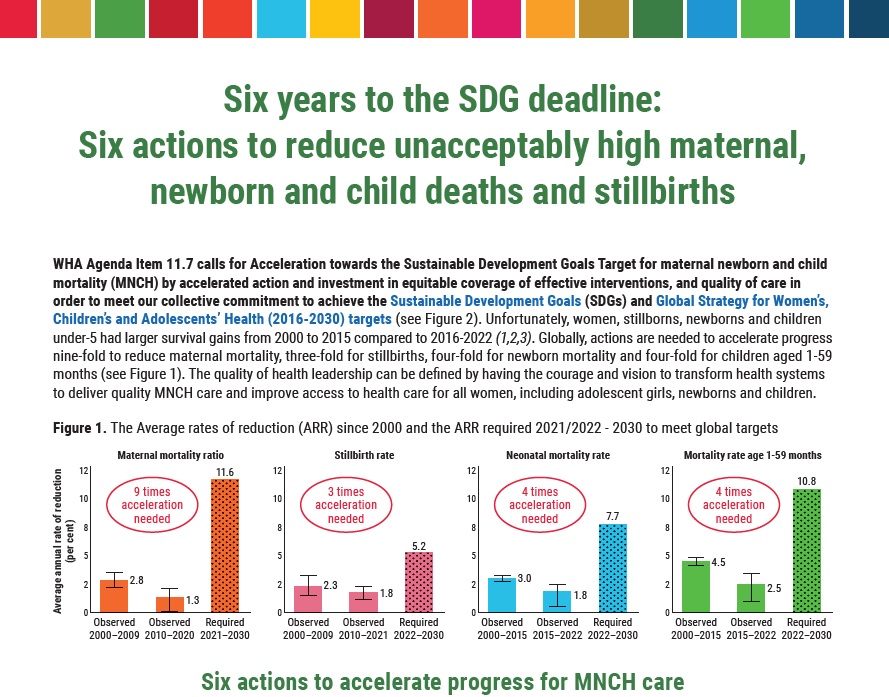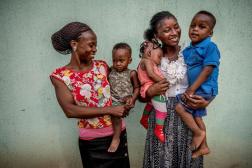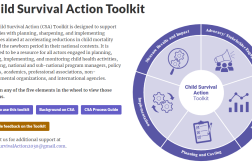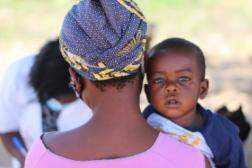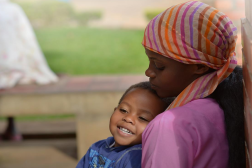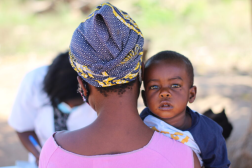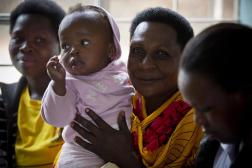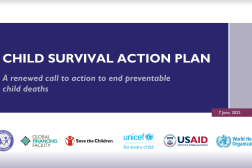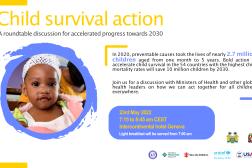“Think of the baby born in Sierra Leone today, does that baby have a voice of its own? The voiceless need to be defended”
– Sierra Leone Minister of Health
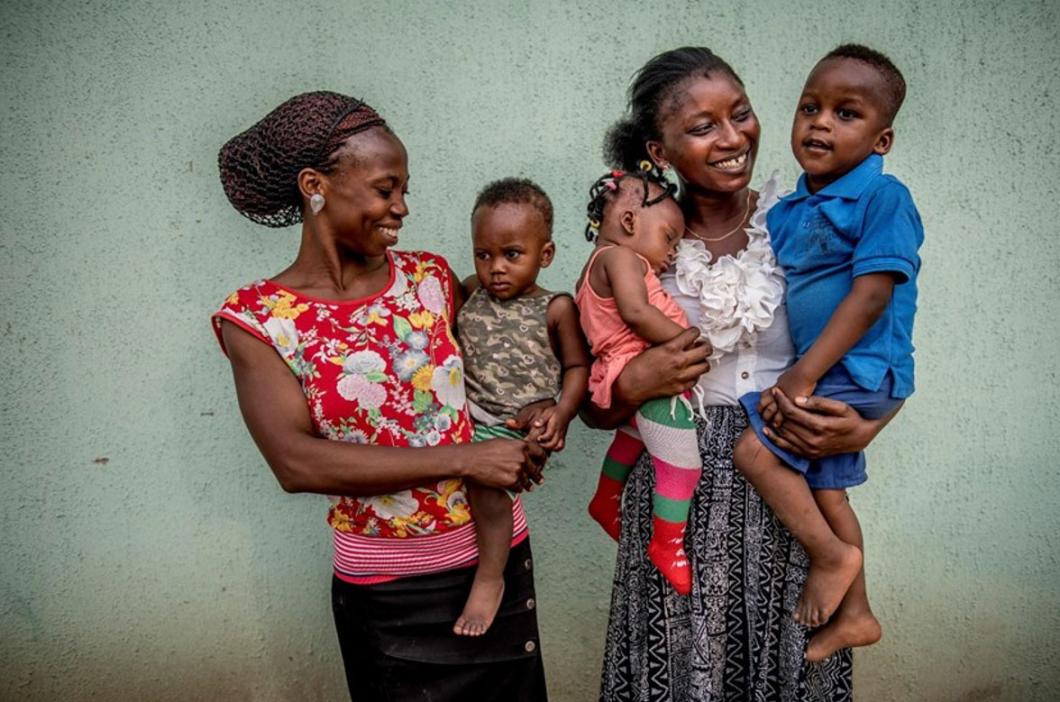
Child Survival Action Toolkit
This toolkit includes key resources, guidance, and learning from country experience for implementers to use in planning, sharpening, and implementing plans focused on accelerating reductions in child mortality in their national contexts.
Navigate Child Survival
What is Child Survival Action? Our Vision Action Teams Frequently Asked Questions Events Resources
What is Child Survival Action?
At a complementary event to the 75th World Health Assembly in May 2022, Ministers of Health and high level government representatives from seven African countries as well as international development partners agreed there is immediate need for urgent evidence-based action in the 59 targeted countries to tackle the unfinished agenda of child survival, to rally governments and partners for more effective coordination and implementation of policies and investments, both human and financial. Only when children first survive will they be able to thrive and reach their full human potential.
In April 2023, during the 2nd Global Pneumonia Forum in Madrid, Spain, the Sierra Leone Ministry of Health and Sanitation announced the launch of the Child Survival Action (CSA) initiative. CSA is a renewed call to all partners—national governments, civic and traditional leaders, communities, and regional and global stakeholders—to end preventable child deaths. The initiative urges partners to join hands to address the programmatic and health system challenges that hamper progress in child survival, especially in countries not on track to meet their 2030 targets. Addressing these barriers will require energizing national and subnational leadership, expanding strategic investments in primary health care (PHC) and multi-sectoral actions, mobilizing partnerships across stakeholders, and aligning funding and other initiatives. The initiative identifies opportunities that exist and lays out the steps that partners need to take to reach all children with life-saving interventions.
Countries needing accelerated action to meet the SDG target
Hover over the country to see its projected 2030 under-five mortality rate, based on the annual rate of reduction presented in the 2023 UN IGME report.
Countries that have or are developing national CSA plans
- Burkina Faso
- Guinea
- Liberia
- Madagascar
- Mali
- Nigeria
- Sierra Leone
- South Sudan
 Child Survival Action in the News
Child Survival Action in the News
| Press Release
Calling All African Health Leaders: Ensuring the Survival of Africa’s Children Demands African Leadership and Accountability
Sierra Leone is moving fast on a major health concern, one that could have grave implications for the future of the country. While this emergency may never receive the kind of global attention that COVID-19 inspired in 2020 when it was declared a public health emergency of international concern, it is no less a threat to humanity, and to the future of our African children.Our Vision
The Child Survival Action initiative holds a vision of ending preventable deaths of children by 2030, with all countries reducing under-5 mortality to 25 or less deaths per 1,000 live births. We aim to align with maternal, newborn, adolescent, and reproductive health efforts to ensure survival across the life course and continuum of care.
The CSA initiative—
The Child Survival Action working group is coordinated by the Secretariat of the Child Health Task Force and includes representatives from the Global Financing Facility (GFF), Save the Children, United Nations Children’s Fund (UNICEF), United States Agency for International Development (USAID), and World Health Organization (WHO). The group now has three action teams: Country Engagement, Advocacy, and Results Framework/Accountability.
Action Teams
Express interest to join one of the action teams ›
- Country Engagement
Countries are at the center of action. Inherent to the approach is alignment of existing plans and programs, adaptation to the local context, intra- and inter-sectoral coordination and collaboration to leverage resources, expertise and lessons learned, documentation and iterative learning, and continuous monitoring and quality improvement, toward reaching national and sub-national targets and goals.
The initiative focuses on countries in the African region that need accelerated actions to reach the SDG target for under-five mortality, particularly those with high mortality in the 1-59 month period. As of May 2024, the initiative is partnering with Liberia, Nigeria, Sierra Leone and South Sudan to develop and implement their national child survival plans. Sierra Leone launched their national plan on June 19, 2023. Burkina Faso, Guinea, Liberia, Mali, Nigeria, and South Sudan are developing their plans. The Country Engagement Action Team has also held calls with the following countries interested in CSA, building on the momentum from the Global Pneumonia Forum: Chad and DRC. Moving forward, the CSA initiative is prepared to partner with any country in which the government expresses interest and commitment to reducing under-five mortality. Country commitment to CSA requires:
- Leadership: commitment by government leadership/Minister of Health to accelerate reductions in child mortality
- Prioritization: agreement to define game-changing, high-priority actions for child survival, with milestones and targets
- Advocacy: focus by the government to advocate (within government and with country and global partners) for increased resources and better-aligned programming to efficiently support the priorities
- Accountability: establishment of clear lines of responsibility for achieving targets and milestones, including a focal point for CSA
- Inclusion: commitment to include civil society as part of prioritization and action planning
Global and regional CSA partners can support countries by:
- Increasing visibility and advocacy to elevate country priorities and needs at global and regional levels
- Catalyzing country dialogue, including framing questions, background slides, analytics, and toolkit (under development)
- Facilitating cross-country learning
- Mobilizing targeted financial and technical support for key priority actions
- Engaging a wider group of partners and donors to support specific country needs
- Seeking alignment across complementary efforts
Contact us at childsurvivalaction2030@gmail.com if you would like to partner with CSA and/or if you have more information to share about child survival efforts in your country.- Advocacy
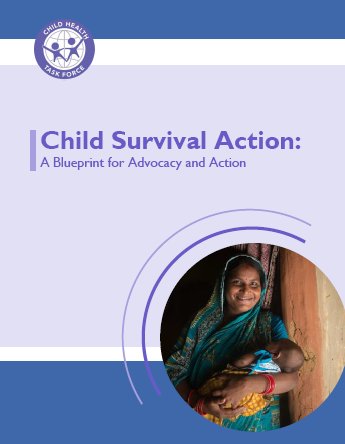
Child Survival Action: A Blueprint for Advocacy and Action (PDF, 1.5 MB)
The Blueprint for Advocacy and Action on Child Survival complements the CSA vision document and sets out a coordinated approach to advocacy that sees CSA permeate the highest levels of influence, decision-making, and accountability- both at the national level and globally. It is intended to catalyze new momentum and a renewed movement, finishing the work that we started under the Millennium Development Goals to end preventable child deaths.
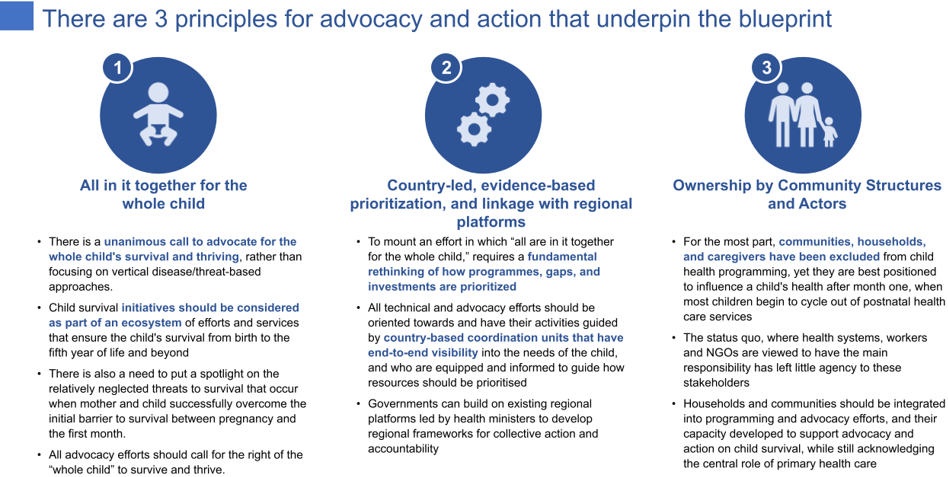
- Metrics, Results and Accountability Framework
Theory of Change
Deaths in the 1-59 month period accounted for 2.6 million of 2022’s under-five deaths. Mortality in this age group accounts for a substantial proportion of all under-five deaths in the 59 countries needing accelerated action, greater than 60% in some countries. To accelerate progress toward the SDG 3.2 target, investments must be made to achieve mortality reductions in both the newborn and the 1-59 month periods.
Global and country investment in newborn and maternal health has enabled substantial progress in reducing related mortality and improving health outcomes across the MNCAH continuum of care. However, the lack of attention to children 1-59 months has left a gap that compromises the gains in the earlier life stages and can generate harmful impacts later in life. To invest in a newborn’s survival only for that baby to die of pneumonia at 11 or 24 months is an avoidable tragedy.
The 59 countries that need accelerated action to meet the SDG child survival target by 2030 require urgent support to prevent and treat pneumonia, diarrhea, malaria, undernutrition and other main causes of child mortality. Reported care-seeking rates for pneumonia and rates of treatment with oral rehydration salts (ORS) and zinc remain low in these countries. More information on subnational inequalities in intervention coverage and integrated care for children is needed.
Available data show low levels of coverage of interventions for childhood preventative and curative interventions in the 59 countries that need accelerated action compared to the rest of the world. Notable is the low coverage of basic sanitation, basic drinking water, care seeking for symptoms of pneumonia, and treatment of ORS and zinc for diarrhea. The higher coverage of immunization services- a well-funded vertical program- points to the importance of strengthening PHC as the basic platform to deliver key interventions to promote, prevent and treat childhood illness equitably. Using PHC to integrate services, including multi-sectoral action, can leverage existing and better funded programs, like immunization, to deliver multiple services. At country level, data systems must be strengthened to include data from the private sector in routine national health information systems in order to have the complete picture of coverage of services. Beyond coverage, countries need data on the quality of services to determine effective coverage of interventions.
The Monitoring and Evaluation subgroup of the Child Health Task Force is coordinating the development of a Results and Accountability Framework building on the Theory of Change above to support countries to track child survival indicators, milestones and progress.
Frequently Asked Questions
- Who can partner with CSA?
The Child Survival Action initiative is comprised of governments, first and foremost, partnering with academic institutions, private sector entities, implementing organizations (including INGOs, NGOs, CBOs, and FBOs), civil society and advocacy groups, and funders (including bilateral and multilateral donors, private foundations and individuals). The initiative welcomes partners from all sectors, including health, WASH, nutrition/agriculture, clean air, safe and secure environment, child protection, education, and social welfare. To join CSA, email us at childsurvivalaction2030@gmail.com.
- Is there funding available through CSA?
Currently, CSA does not offer funding to countries or organizations. Our advocacy efforts include elevating resource needs to the global community as well as resource mobilization at sub-national, national, and regional levels. The CSA team can offer support to countries to develop advocacy plans to incentivize domestic investments and external funding of national child survival priorities.
- How can I get involved at the country level?
Find your country’s child health technical working group (CH-TWG) within the ministry of health and join partner dialogues around child survival. If you work on a project in the country delivering child survival interventions, align with the national child health priorities and other programs or partners targeting the same communities. Support strengthening data systems to identify where the child survival needs are at district and sub-district level and target the children not being reached with routine services. If the CH-TWG needs support to develop a child survival action plan, reach out to childsurvivalaction2030@gmail.com with technical assistance requests.
Currently, no upcoming events are scheduled.
Past Events
- | Online
Child Survival Action Results Framework: Driving advocacy and action at global and country levels for young children
Child Survival Action (CSA) aims to eliminate preventable child deaths and accelerate progress in countries off track to meet the Sustainable Development Goal 2030 under-five mortality target. But how can countries track their progress and use data to advocate for action?
- | Online
Accelerating Momentum for Child Health
At the World Health Assembly in May, the newly passed Resolution 11.7 reaffirmed a global commitment to achieving maternal and child health goals. MOMENTUM and the Child Health Task Force (CHTF) hosted a live event to keep up the momentum for child health at our live event.- | Online
Announcing the Child Survival Action (CSA) Toolkit
The Child Survival Action toolkit is a curated set of practical tools and resources designed to support county stakeholders. The toolkit includes a repository of existing tools and resources as well as relevant country examples and experiences to support stakeholders in accelerating reductions in child mortality.- | Online
Commitment Progress Roundtable: 2nd Global Forum on Childhood Pneumonia
At this event, we learned about the progress made since the 2nd Global Forum on Childhood Pneumonia in April 2023 culminated in 37 milestone commitments to advance child survival efforts and accelerate achievement of the Sustainable Development Goals.
- | Online
Community Health Planning and Costing Tool (Version 2.0) Trainings
The purpose of the first session on the Community Health Planning and Costing Tool, a UNICEF tool developed by Management Sciences for Health, was to build the capacity of planners and managers to calculate the cost of community child health services within the context of community health care programs and to develop investment cases that can be used for advocacy and planning.
- | Madrid, Spain
2nd Global Forum on Childhood Pneumonia
The 2nd Global Forum on Childhood Pneumonia built on the momentum for action generated by the first Global Forum in Barcelona in 2020, and pivoted political attention from COVID-19 to the specific government actions needed to reduce child pneumonia deaths.
- | Online
Understanding the Drivers of Child Mortality during and after Illness in Africa and Asia
The Child Health Task Force hosted a panel discussion with authors of the Childhood Acute Illness and Nutrition (CHAIN) Network study and partners. The study of 3,100 hospitalized children (2-23 months) across 6 countries – Bangladesh, Burkina Faso, Kenya, Malawi, Pakistan, and Uganda – and found that 48% of children died post-discharge and two-thirds of those died at home.
- | Online
Members' Meeting: Child Survival Action
The Child Health Task Force Secretariat hosted a members' meeting to share progress on the initiative to renew action for child survival. In 2020, preventable causes took the lives of nearly 2.7 million children aged from one month to 5 years.
- | Geneva, Switzerland
Child Survival Action: A roundtable discussion for accelerated progress towards 2030
WHO, UNICEF, USAID, GFF, Save the Children, PMNCH, the Child Health Task Force and the Ministries of Health from Sierra Leone and Tanzania hosted a roundtable to discuss a renewed commitment, investment and action for child survival, especially in the post-newborn, under-five period.
Find the recording, presentation slides, and event summary below.
